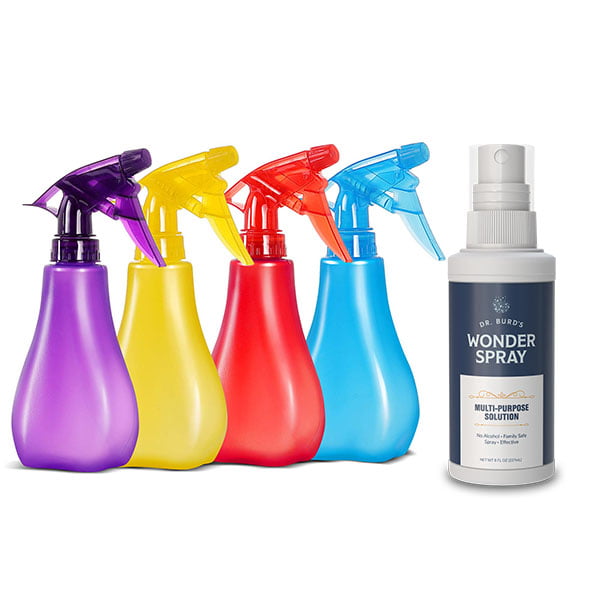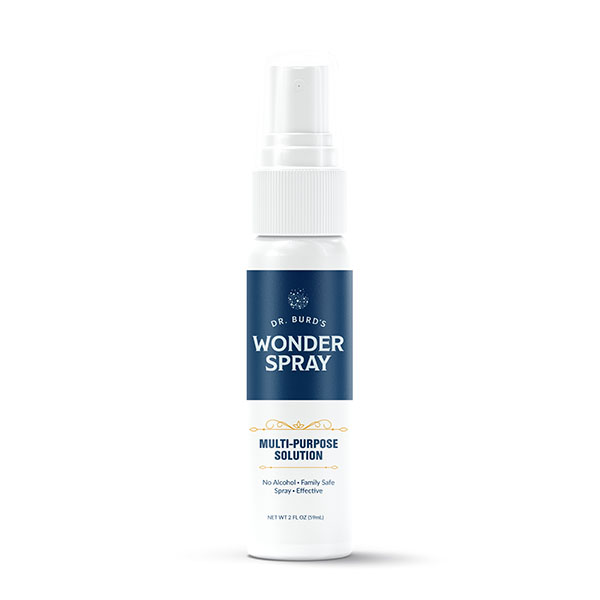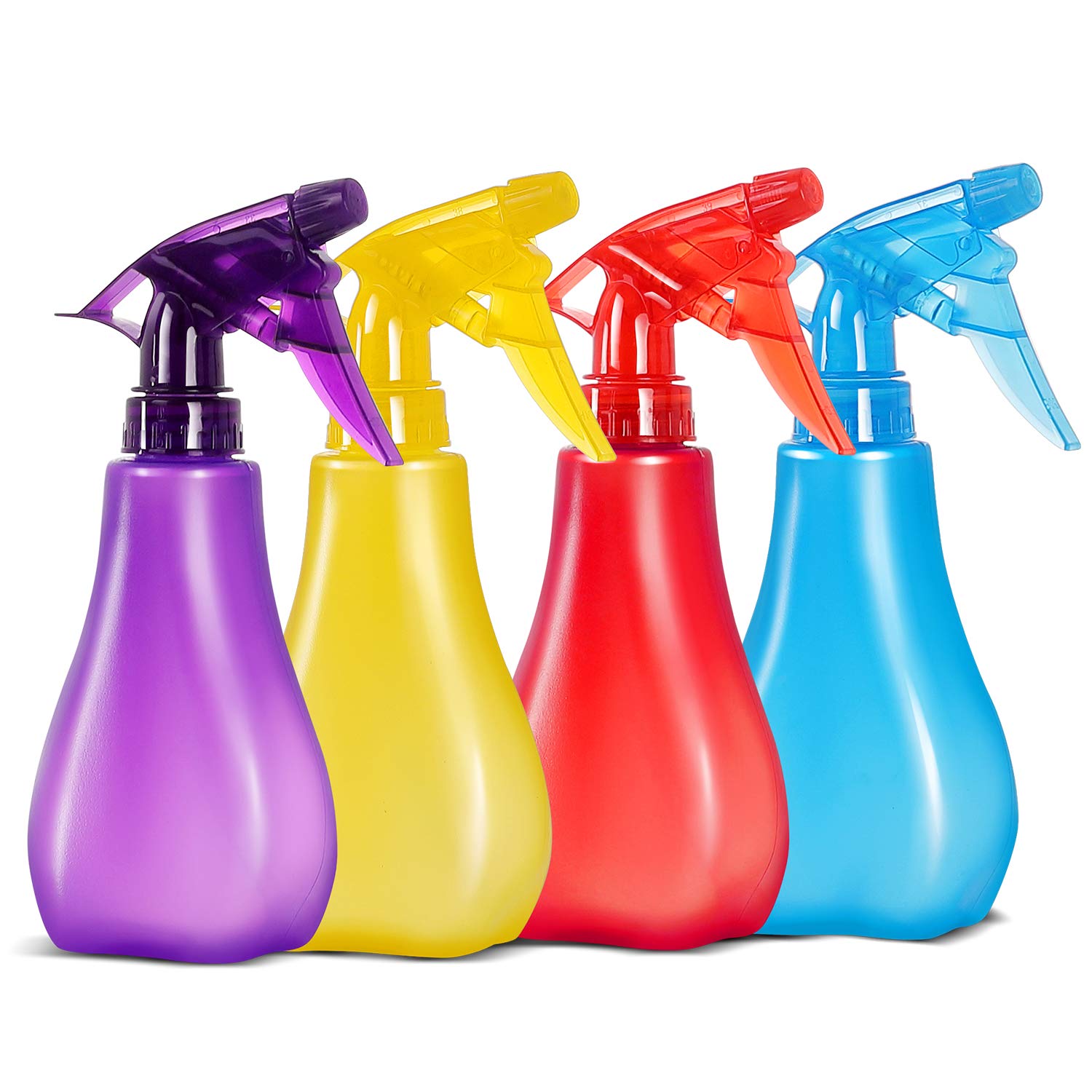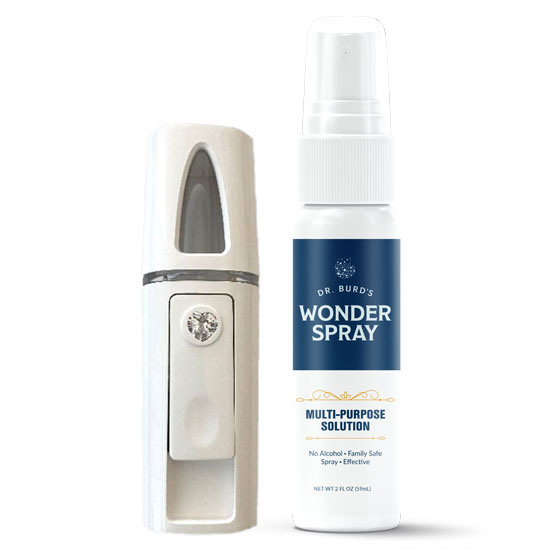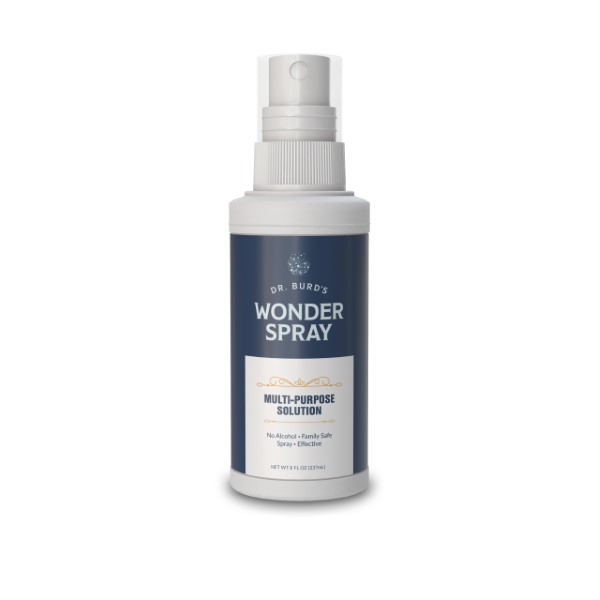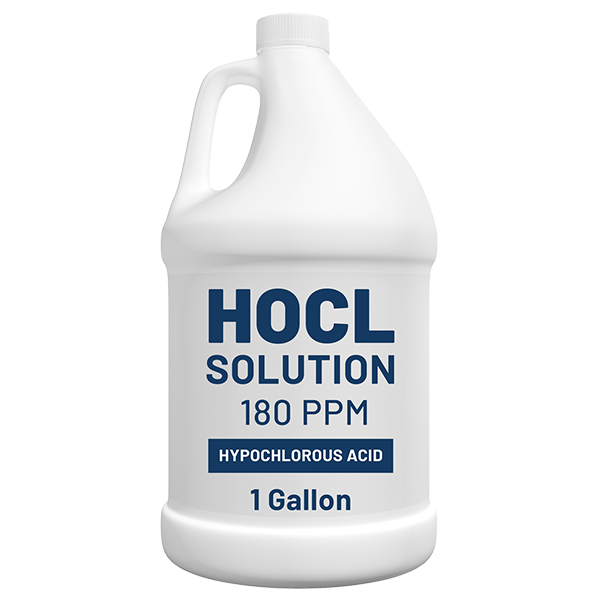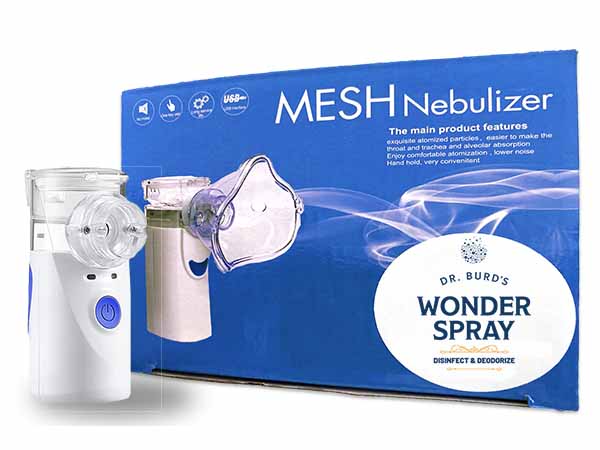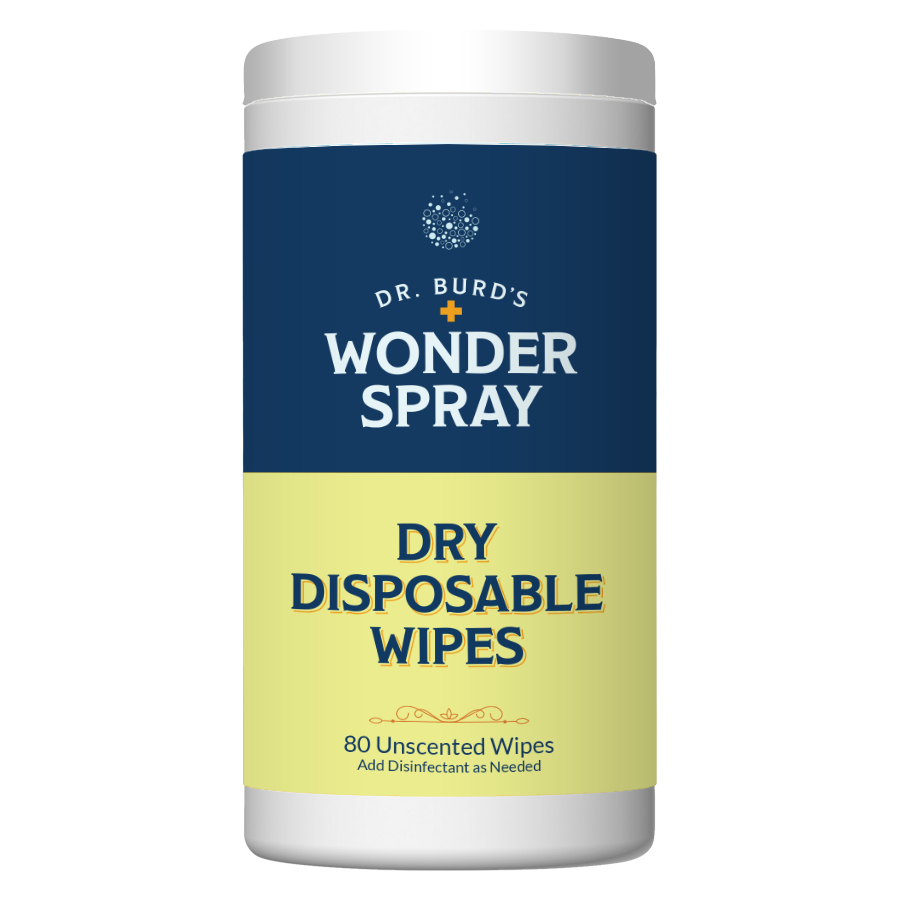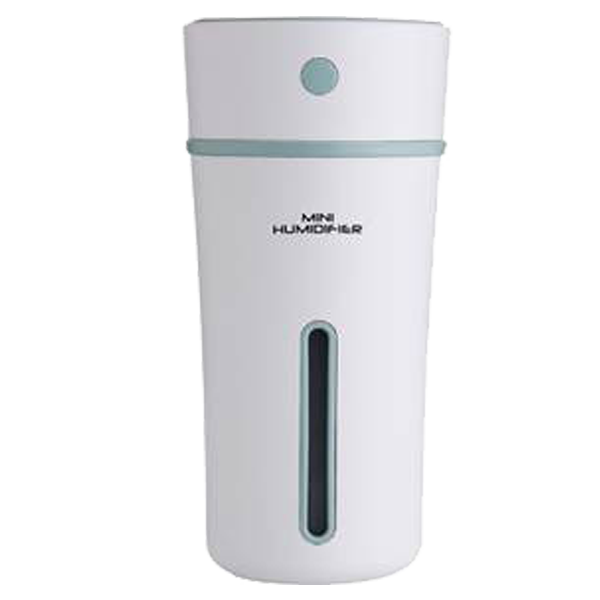Although hemorrhoids are a common First World human condition they are rarely openly discussed. It has been reported that that between 50% and 85% of the developed world’s population will be affected by hemorrhoids at some time in their life. But interestingly the condition is rare in developing countries and almost unknown in tribal communities.
There is an intriguing correlation between the refined diets and modern toilets of the western world and the more unrefined, natural diets and squat toilets of developing countries and tribal communities and the incidence of hemorrhoids.
So when you are wondering how to cure your hemorrhoids, it may be worth considering going back to our natural basics.
There are a number of intriguingly named natural treatments for hemorrhoids including Slippery Elm Bark, Barberry, Butcher’s Broom, Horse Chestnut, Neem and Witch Hazel.
Slippery Elm (Ulmus fulva) apart from being a very nutritious, simple food it was traditionally used by Native Americans as a poultice for boils, ulcers and wounds and to heal internal or external inflammation.
Slippery elm is an effective remedy for many internal conditions including duodenal ulcers, diarrhea, irritable bowel syndrome, hemorrhoids and heartburn.
The many, and diverse, medicinal properties make the slippery elm tree a truly special plant.
Barberry (Berberis Aristata) is a blood purifier that has also been used to treat hemorrhoids. The unique qualities of berberine-rich plants lie in their ability to promote healthy intestinal microbial balance.
Barberry, found in the Himalayan regions, has played a prominent role in herbal healing for more than 2,500 years. The plant is anti-bacterial, anti-inflammatory, astringent, anti-septic and laxative.
It is also used to treat many other conditions including eye diseases, peptic ulcers, dysentery, heartburn, indigestion, eczema, and psoriasis. An infusion of root is used in the treatment of skin diseases, diarrhea and jaundice.
Butcher’s Broom (Ruscus Aculeatus), the vein-narrowing qualities of Butcher’s Broom relieves the discomfort associated with venous problems varying from varicose veins to hemorrhoids. It is also useful in other cases where the veins and capillaries need strengthening. It may also be used as a mild laxative and a diuretic, resulting in its use for jaundice, gout, as well as kidney and bladder stones.
Externally Butcher’s Broom can be used for all cases of venous deficiency and is often included in preparations to help with the symptomatic relief of hemorrhoids, to relieve itching, swelling and pain.
Horse Chestnut (Aesculus Hippocastanum) extract increases the strength and tone of the veins. It has astringent and anti-inflammatory properties. It may be used internally to aid the body in the treatment of phlebitis, varicose veins and hemorrhoids. Externally it may be used to treat the same conditions as well as for leg ulcers.
Horse Chestnut seed extract is widely used in Europe for chronic venous insufficiency (CVI), a syndrome that may include leg swelling, varicose veins, leg pain, itching and skin ulcers. Although Horse Chestnut is traditionally recommended for a variety of medical conditions, CVI is the only condition for which there is strong supportive scientific evidence.
Neem (Azadirachta Indica, Margosa), in the Ayurvedic tradition Neem is recommended for the treatment of hemorrhoids. It has been shown to have anti-bacterial, anti-inflammatory and pain-relieving properties. Neem helps to prevent hemorrhoids by promoting the elimination of waste and avoiding constipation. Neem extract applied to external hemorrhoids soothes and helps control bleeding and itching.
Neem seed oil would be a dream come true for the traditional “snake oil” salesman… 101 uses out of a single bottle. But, unlike “snake oil” many claims made about Neem are scientifically substantiated.
The bark, leaves and oil of the Neem tree have been used in India for several thousand years. Indians call the sacred Neem tree “the village pharmacy”, and have unlimited faith in its abilities. About 75% of Ayurvedic remedies contain some form of Neem.
Witch Hazel (Hammamelis viriniana) is a natural astringent used to reduce swelling and inflammation. It is effective in stopping the flow of blood and in reducing secretions and may be considered the “baking soda” of skin care: a simple, all-purpose, old-fashioned product that’s been used for generations.
Besides its use externally for hemorrhoids, witch hazel lotion is useful on rough or swollen hands. It can also be used internally to treat varicose veins, hemorrhoids or a prolapsed uterus.
Witch hazel is an important botanical for controlling bleeding. It can reduce bleeding when applied topically to a wound or used internally for bleeding ulcers or bleeding gums.
Hemorrhoids are best treated by using a holistic natural and healthy lifestyle strategy that deals with both the causes and the symptoms.
Although the herbal substances mentioned in this article are generally not known to cause serious side effects, their effectiveness has not been substantiated by scientific research. Consumers should check labels carefully, since herbal products that are not used appropriately or correctly diluted can contain ingredients that cause allergic reactions or side effects.

